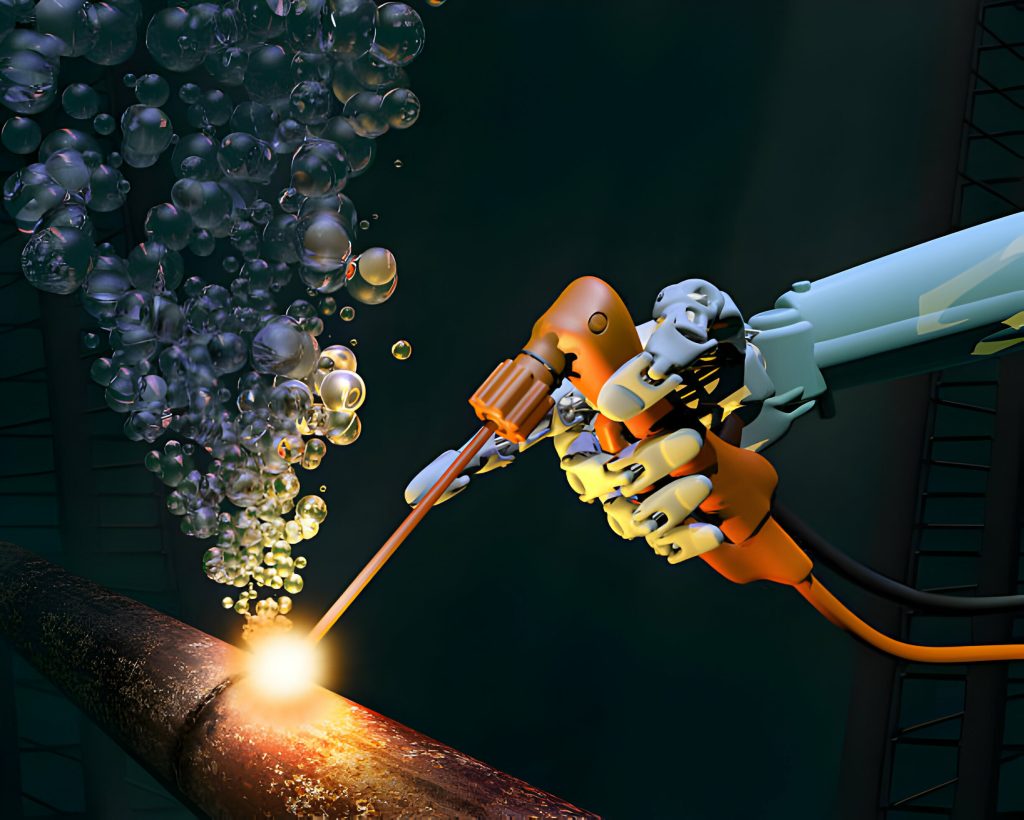In any case, progresses in innovation, materials, and venture the executives are permitting specialists to handle these difficulties head-on. By using mechanical technology, upgrading natural observing, and utilizing imaginative development methods, the business can diminish chances, further develop effectiveness, and limit its environmental impression. Computerized twins — virtual imitations of development projects — permit architects to mimic different situations and test arrangements prior to executing them in the field.
Continuous venture the executives apparatuses permit groups to screen development progress, track ecological circumstances, and oversee assets all the more really. Utilizing progressed programming, architects can answer rapidly to changes in weather patterns, gear breakdowns, or natural worries, lessening the possibilities of exorbitant postponements. Against fouling coatings forestall marine living beings, similar to barnacles, from connecting to submerged gear, decreasing the requirement for continuous cleaning and guaranteeing hardware stays useful.
The fate of submerged development lies in proceeded with advancement. As mechanical technology, man-made intelligence, and eco-accommodating practices develop, the business will actually want to attempt considerably more aggressive undertakings with more prominent accuracy and supportability. The difficulties of the submerged world will constantly be available, yet the answers for address them are turning out to be further developed and compelling as time passes.

ROVs are fastened to a boat or stage and worked by professionals from the surface. These robots are profoundly flexibility and outfitted with cameras, sensors, and control arms to perform complex errands.
ROVs are as often as possible utilized for remote ocean oil and gas investigation, pipeline laying, and wind ranch development.
The Saab Seaeye Leopard, a ROV known for its deftness, is ordinarily utilized for reviewing and fixing subsea framework in unforgiving conditions.
Since they are untethered, AUVs are utilized for projects requiring broad inclusion, such as laying undersea links or studying huge breeze ranches.
These robots are pre-customized to complete explicit errands, for example, planning the sea floor, directing natural reviews, or examining framework.
Submerged drones, a moderately new turn of events, join the best highlights of ROVs and AUVs. These robots are more modest, more light-footed, and can work independently or be somewhat controlled. They are progressively utilized for accuracy errands like submerged welding, cutting, or laying little pipelines in bound spaces.
Derivation Note: “drone” comes from the Early English word *dran*, meaning male honey bee. While initially alluding to the murmuring sound created via airplane, drones currently likewise allude to any remotely worked vehicle, including those utilized submerged.
HROVs are a mix of ROVs and AUVs, intended to work both fastened and untethered, contingent upon the undertaking. These mixture frameworks offer greatest adaptability and are great for long-term missions requiring both human oversight and independent activity.
